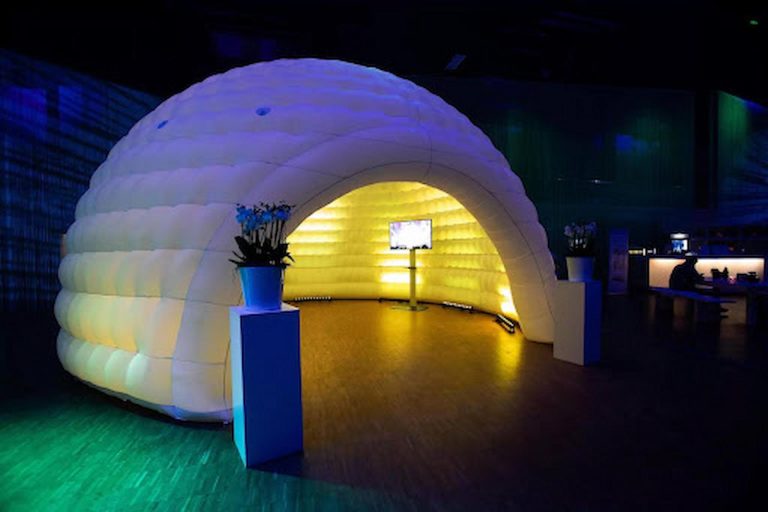Laminar air flow systems are essential equipment in clean rooms across the world, ensuring a totally particle-free working environment. We at Contained Air Solutions manufacture a wide range of laminar air flow booths, including bespoke models.
A laminar air flow system comprises three main components: a blower to direct air across the work surface; a high-efficiency particulate arresting (HEPA) air filter, and an exhaust plenum. The exact configuration will vary depending on the model; for example there may be several blowers, and more than one HEPA filter (as with our BioMAT 2 class ii cabinet,). Plenum sizes will also differ. However, all systems obey the same basic principles.
Laminar air flow is so called because the turbulent upstream air entering the cabinet is exhausted as a unidirectional (laminar) flow on the downstream side of the filter. Room air is drawn in through the front aperture, typically passing through a pre-filter before the HEPA filter. The cabinet is enclosed on three sides, maintaining a continuous positive air pressure, with the air moving at a steady, uniform velocity.
HEPA filtration screens out 99.99% of all air-borne particulate matter down to 0.3 microns, effectively creating a sterile air supply free of all pollen, bacteria, fungal spores and dust particles. This ensures a particle-free working environment for the handling of semiconductors and other sensitive materials. Further cleanliness is ensured by making the cabinets from stainless steel, with no joints or gaps where bacterial or fungal spores can collect.
Laminar air flow is categorised into horizontal and vertical flow systems, with the former directing air horizontally towards the operator, giving protection only to the product inside the hood. Vertical flow cabinets can offer a higher degree of protection, with air being drawn in through the top of the unit and vertically across the work surface, passing over the operator’s lap. A 30/70 vertical flow system in many ways resembles a BioMAT 2 class ii cabinet. However, it does not have the same biosafety standards and must never be used with pathogens.



